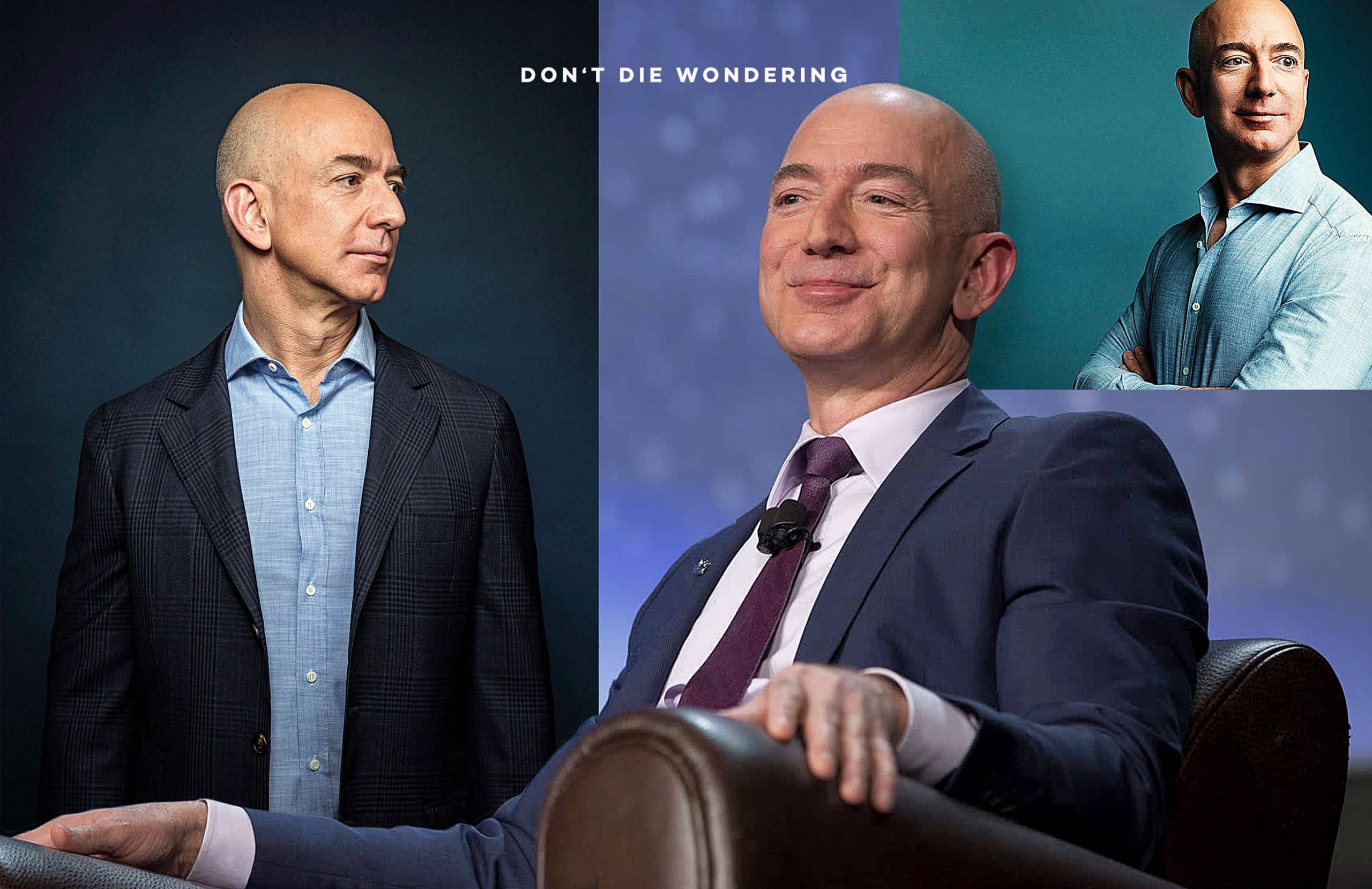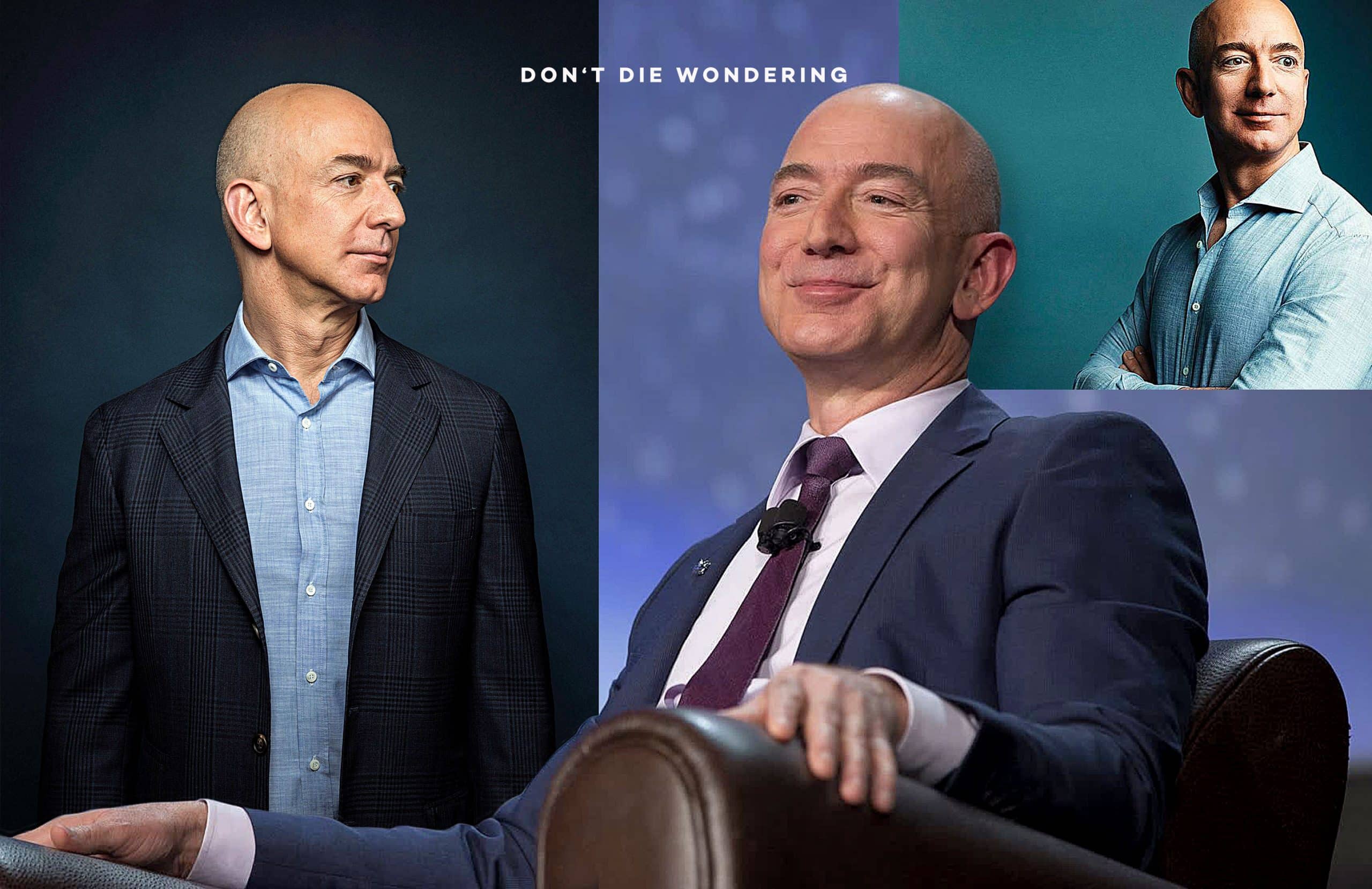Jeff Bezos Steps Down: How Did The Amazon CEO Make It To The Top?
The world’s wealthiest man looks to be taking a step back.
Having announced in February that he would be handing over the role of Amazon’s chief executive to Andy Jassy, Jeff Bezos has stated that he is now looking to switch his focus to ‘new products and early initiatives’ as Amazon continues to grow in the ever-changing commercial landscape.
He’s also expected to give more time to his personal projects. Later this month, his private spaceflight company Blue Origin will embark on a landmark launch, with Bezos accompanied on the flight by his brother Mark and a mystery buyer who paid $28 million for the seat at auction.
However, despite leaving the CEO role, it looks as though Jeff Bezos will still have plenty of power when it comes to the running of Amazon, which he has led from the front since he founded the company back in 1994.
Only time will tell what Jeff Bezos’ future within the company will look like – but how did Bezos get here?
Jeff Bezos & Amazon: A Timeline
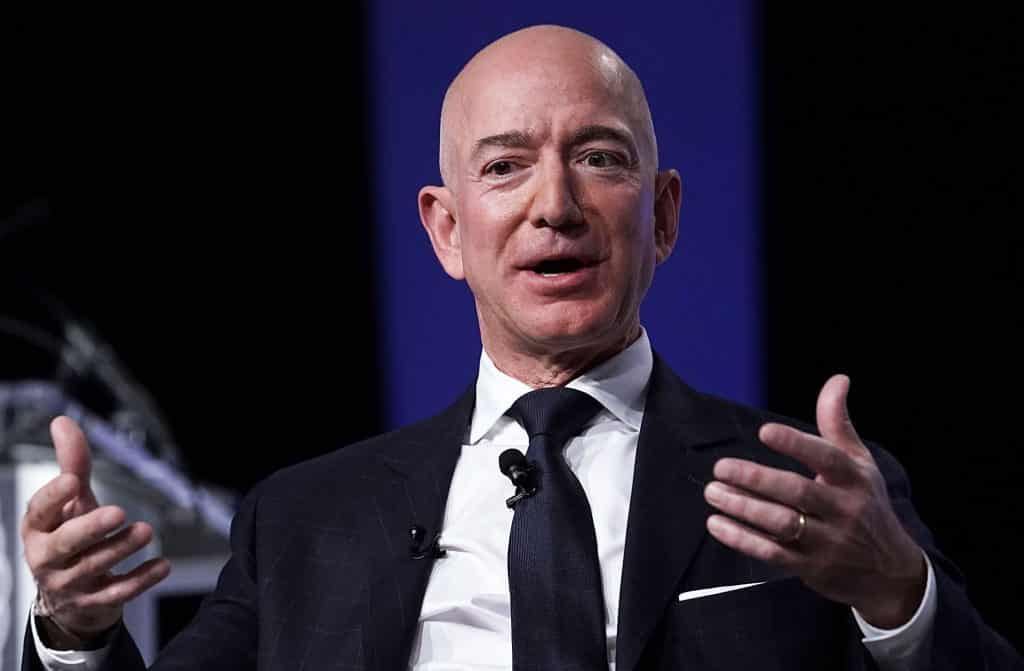
1986 – 1993
Having graduated from Princeton with a Bachelor’s degree in Science In Engineering, Bezos’ career had hit the ground running. He was offered jobs by a variety of big names in tech, with Intel amongst the companies looking to work with him.
However, Bezos went with a role at Fitel, a telecommunications start-up where he was quickly made the Head of Development. As Fitel worked in the industry of financial technology, it gave Bezos a chance to get a handle on the way that the stock market and other aspects of the world of economics worked. This led to a career change later on, as Bezos became the fourth senior vice president of the hedge fund D. E. Shaw & Co at the age of just 30.
1993 – 2000
No sooner had he began his career with D. E. Shaw & Co did Jeff Bezos decide that it was time to branch out on his own. Armed with $300,000 and a business plan that he wrote during a cross-country drive to Seattle, Bezos began to set up his new enterprise, an online bookstore that he hoped would one day become the biggest in the world – Amazon.
In the 1990s, eCommerce was, of course, a far smaller market. With this in mind, Bezos warned all investors in the company that there was around a 70% chance that the venture would fail – despite this, he was able to take Amazon public on the stock market three years later thanks to continued company growth.
Bezos was always outspoken in his belief that eCommerce would one day surpass the popularity of traditional brick-and-mortar retail, suggesting that there was every possibility that Amazon could surpass competition such as Barnes & Noble. He was correct. As the way that the world shopped began to shift dramatically, Bezos was able to diversify his site to include the sale of music and video, branching out even further into other consumer goods later that year.
However, as the company approached its tenth year in business, there was trouble ahead.
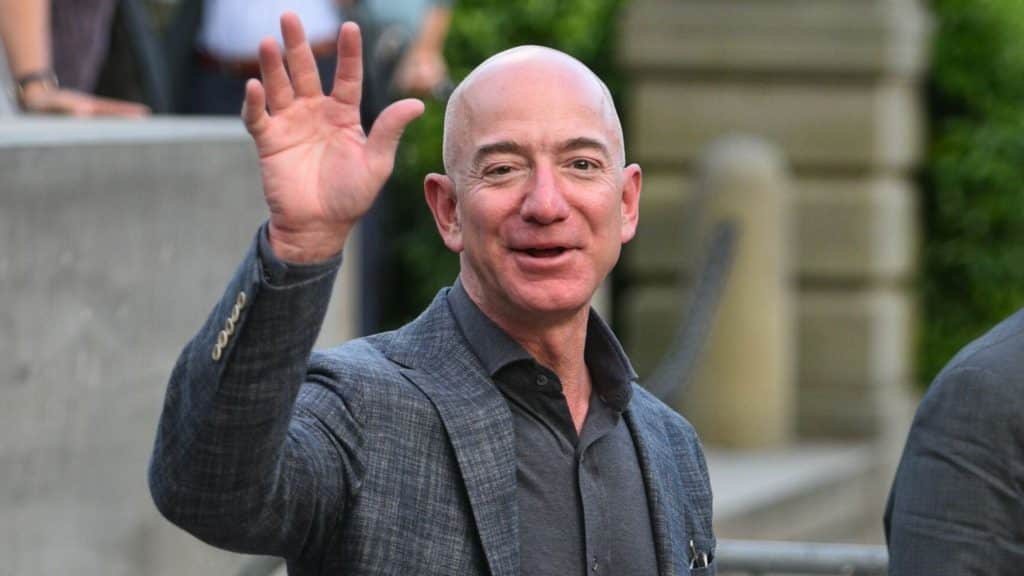
2000 – 2013
As Amazon continued to grow, Jeff Bezos needed to secure further investment in order to develop the company even further. In 2000, he was forced to borrow $2 billion from banks as Amazon’s available funds dipped to $350 million, a fraction of what Bezos needed if he was to keep Amazon growing.
Unfortunately, this cash injection was unable to slow the company’s continuing downfall. In 2002, Amazon looked to be headed for bankruptcy, saved only when Bezos made the decision to lay off 14% of Amazon’s workforce and close distribution centers across the United States. Certainly a difficult decision, but one which allowed Amazon to get back on its feet – in 2003, the company recovered in spectacular fashion, turning a profit of $400 million.
As the world’s fastest-growing marketplace, Amazon was unrecognisable from its humble beginnings as an online bookstore. Nevertheless, Bezos was still keen to invest in this side of the business and strived to create a new product for keen readers across the world. Inspired by the ‘flow state’ that occurs in the brain whilst playing video games, Bezos decided that he wanted to achieve this same effect in the brains of those reading books – a mission that inspired the launch of the Kindle in 2007. The product had a very similar effect on the way that we consume literature as the effect that the iPod had on the way listeners consumed music, adapting the way that we read for the 2st Century.
Given the continued success of Amazon – and of Bezos’ new ideas – it was unsurprising just six years later as Amazon was recognised to be the largest online retailer in the world.
2013 – 2021
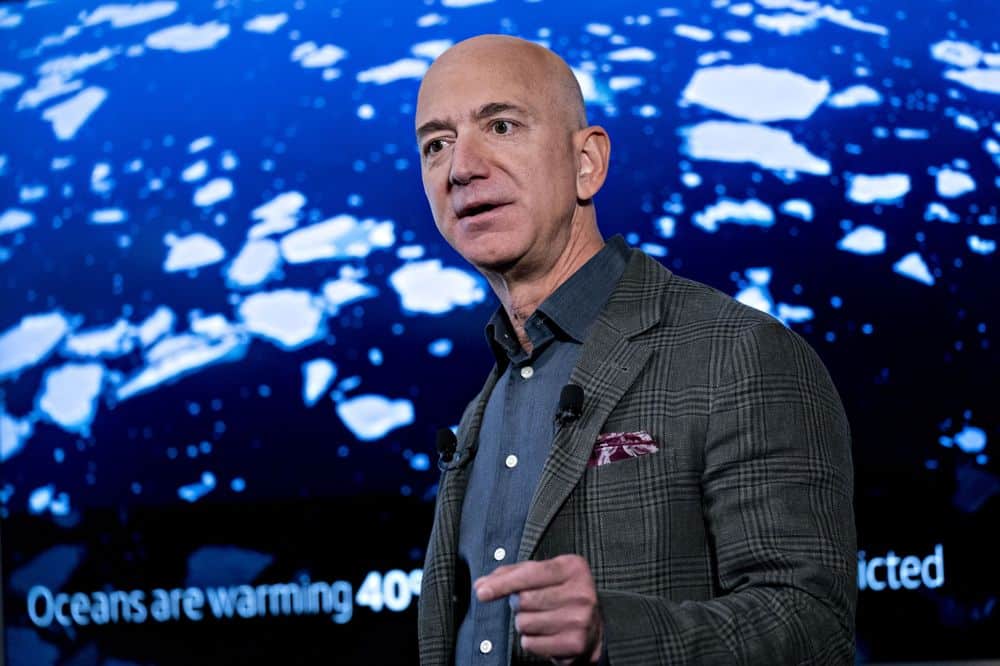
Amazon’s growing monopoly on the world of online shopping was further marked by its success on the stock market, as Bezos sold over $1 billion worth of Amazon shares in 2016.
By this time, Bezos was well on his way to officially becoming the world’s wealthiest man, a title which he had officially earned with his $112 billion net worth by 2017. By the following year, Amazon reported its highest ever profit, as quarterly earnings surpassed an incredible $2 billion.
With Amazon now a global icon, Bezos began to set his sights on his other endeavours, such as his spaceflight enterprise Blue Origins. Having founded the company in 2000, they were yet to achieve Bezos’ initial goals of paving the way for accessible space travel – with changing technology, improved research and no shortage of funds available, now was the perfect time to zero in on this.
This was just one of the projects mentioned in an official email from Bezos to all Amazon employees in February of this year, as the CEO announced that he would be leaving his role and handing over chief executive responsibilities to Amazon Web Services leader Andy Jassy. Bezos also cited that he was looking to gain the time and energy to focus on the Day 1 Fund, Bezos Earth Fund and the Washington Post (which Bezos owns), amongst other passion projects that have taken a backseat due to his almost thirty-year-long run at the forefront of Amazon’s operation.
However, this doesn’t mean to say that Bezos is relinquishing his power within the company entirely. His new role within Amazon is executive chair, the same role taken by Bill Gates as he stepped back from Microsoft and by Eric Schmidt when transitioning away from his leadership of Google. The role allows for the founder and former CEO to continue to oversee the company, though the day-to-day operations and most impactful business decisions are largely the responsibility of his successor.
Either way, one thing is clear – Jeff Bezos’ title as the world’s wealthiest man certainly isn’t going anywhere. Next stop, recreational space travel.
READ MORE: “I Was Always Crazy On Twitter, FYI”: Elon Musk’s Most Controversial Tweets

